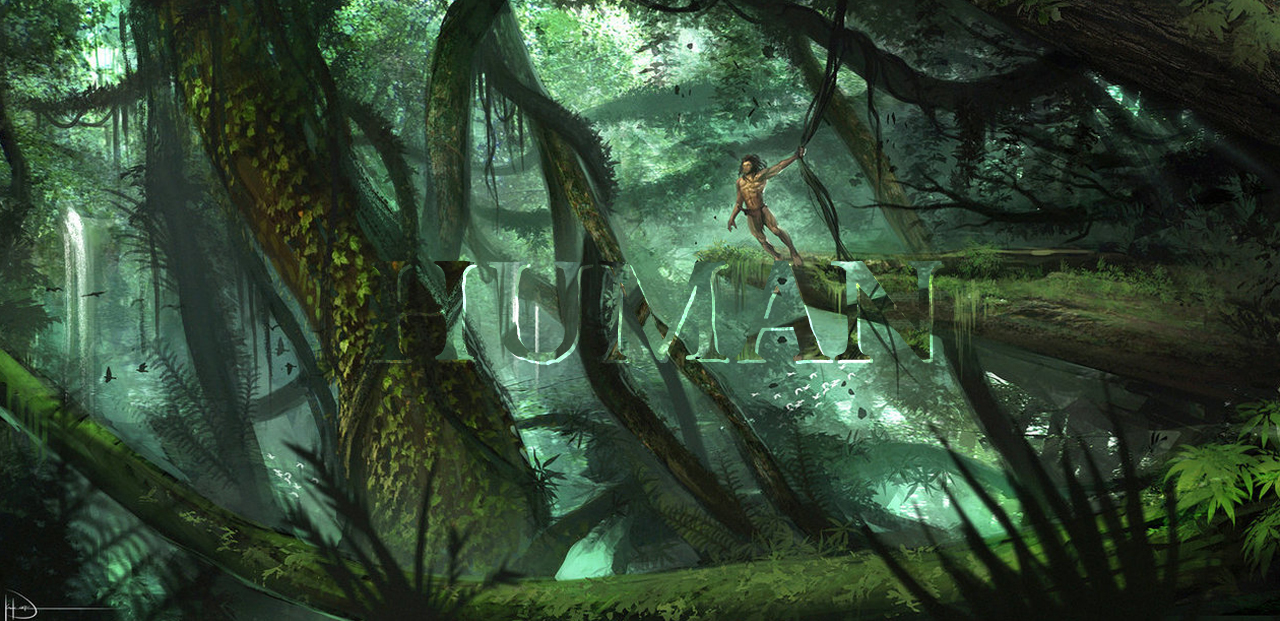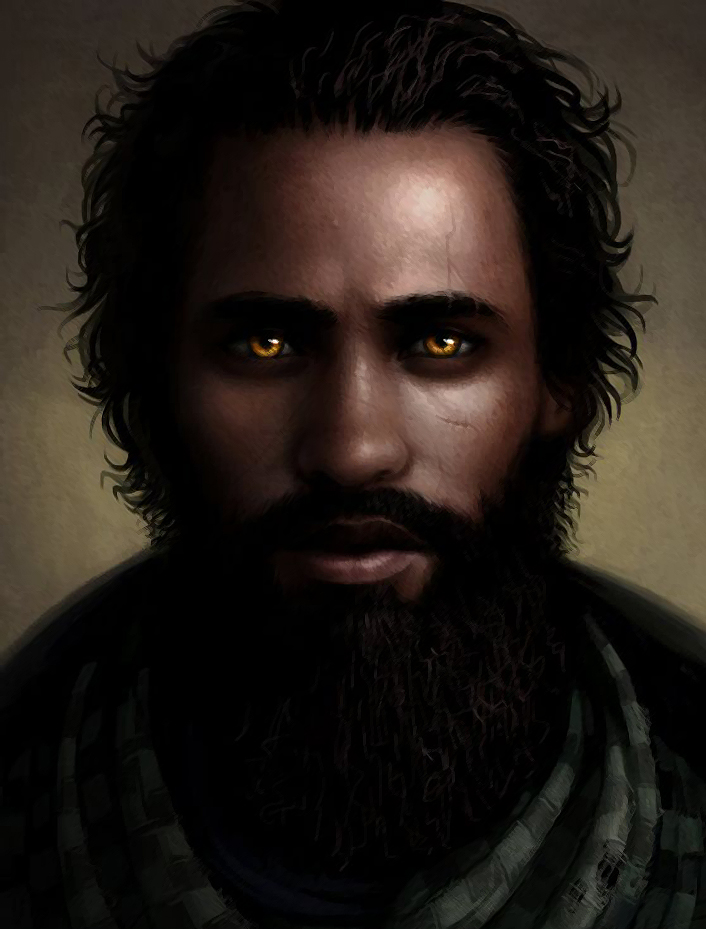Humanity is the fourth sentient, intelligent race to evolve on Calera.
The term human encompasses a huge range of sub-species, archaic-species and ethnicities that have widely different cultures, appearances and histories. In a very short span of time, humans have evolved and expanded across the world, constantly adapting and changing to meet harsh environmental conditions, which makes the task of documenting them as a singular whole incredibly difficult, if not impossible. In addition the term human is used in certain parts of the world among a few human cultures but most consider themselves part of the local ethnicities rather than a global human race.
The area north of the Kessian Desert and south of the Endless Steppe was once a single forest four million years ago. However, the rise of the Karhold Mountains meant that rainfall fell on the eastern side of the continent more frequently and over time the forest shrank. This lead to areas of smaller forests and dry savannas forming in the region and this environment became the catalyst for human evolution.
Humanities common ancestor was a primate that found walking on two legs in such an environment incredibly advantageous for a number of reasons, seeing further and traveling longer distances chief among them. Roughly two million years ago this ancestor first stepped out from among the trees and began to walk on two legs. Although at first they switched between walking on four legs and two for a considerable amount of time. In addition, walking upright had another benefit, it allowed the hands to carry objects, which would eventually lead to the use of tools.
Early Humans
Homo Aster, Homino Arensis and Homo Geneis all have race templates for creating characters in 5th edition D&D, however in an ordinary game these races are extinct. Only specific situations would allow you to play as any of the following, such as being kept in some kind of stasis, magically imprisoned or resurrected by incredible powerful artifacts. Each of these archaic humans are ancestors of modern humans and while comparable in intelligence and capable of learning modern languages, their appearances more closely resemble apes and other primates. You should carefully consider the choice of playing one of these humanoids and talk with your GM to work out how to incorporate them into a game set in The 4th Race.Homo Aster
The direct ancestor of Homo Sapiens, Homo Aster share many similarities with modern humans and were the first to begin thinking about abstract ideas. This allowed them to create some of the first pieces of artwork in the form of cave drawings and bone or ivory ornaments. They were the first humanoids to form early belief systems, trying to order the world around them and they also buried their dead ritualistically. Homo Aster were well-built humanoids with strong legs and arms that could run long distances in the heat of Southern Aterica with ease.Their faces were often completely devoid of hair and only the tops of the head, arms and legs would have any hair at all. Their facial features were still much larger and more pronounced than modern humans, with thick noses and eyebrow ridges. Their skin colors varied depending on the climate ranging from incredibly dark-skinned almost black to a rich brown and their hair usually tended to be black or brown as well.
Homino Arensis
Homino Arensis were large humanoids with thick arms, legs and chests. They had very strong and hardy builds and were almost completely covered in thick hair. This hair would range from black, dark red, and different shades of brown. Arensis was a unique humanoid species in that they were the first to begin hunting animals for meat almost exclusively and developed the first true weapons such as the spear and axe. They were able to charge short distances at great speed and favoured ambushing or trapping prey rather than running them down over long distances. Larger than modern humans they would typically reach at least 6 to 7 ft tall with more dominant males and females reaching 8 ft.Homino Arensis was also the first humanopids to move away from the warmer forests, jungles and savannahs of southern Aterica and settle in colder climates to the north. This change enabled them to take advantage of the migrating herds and open plains but life was extremely harsh and injuries, maiming and early deaths were common from hunting larger prey.
Homo Geneis
The two previous species, Homo Aster and Homino Arensis would eventually evolve and transition into other more modern variants, Homo Geneis was also an evolution of Aster directly and was therefore very similar in appearance and personality. Around 500 thousand years ago groups of Homo Aster moved towards the western edges of Aterica and survived in an area known as the Thunder Peaks. A mix of ashen plains, active volcanoes and primordial jungles. The Thunder Peaks would provide a rich new area for humanoids to settle and expand for nearly 200 thousand years. During this time Homo Geneis would become a distanct sub-species of Hom Aster, becoming much more magically attuned and were the first humans to begin using magic, albeit in a very early raw form. This new found knowledge enriched the lives and cultures of Homo Geneis very quickly and they were on the path towards established civilization with permanent structures, larger tribal groups and shamanistic traditions, before they fell prey to the rich land they had claimed. Their eventual disappearance and extinction was a result of a massive super volcano in the Thunder Peaks known as the Blackstone Mountain that would cause global temperatures to fall for several years and resulted in a miniature ice age. Other humanoids were able to survive but the area around the Thunder Peaks was completely devastated and any Homo Geneis that survived the initial blast, died out not long after the eruption.Remove these ads. Join the Worldbuilders Guild












